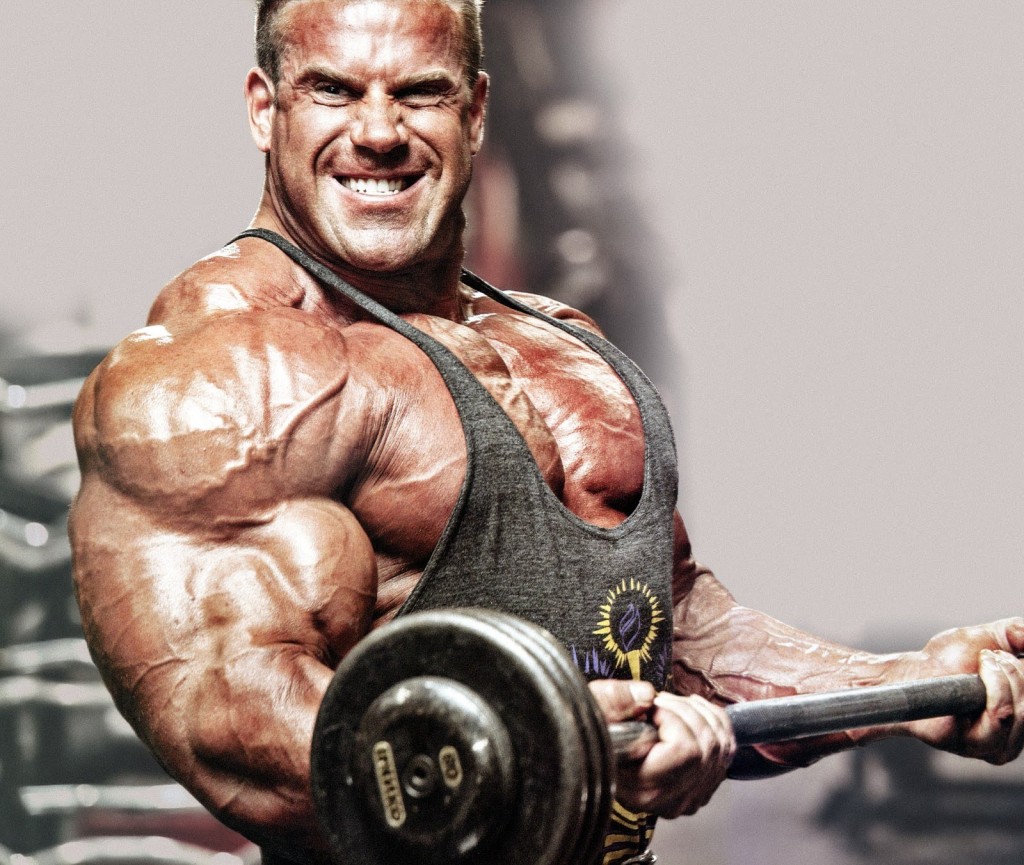Upon starting a weight training plan, the biceps are usually the focus of exercise, with the muscle often being the body part most people associate with bodybuilding and strength. Asking someone to flex their muscles will instinctively lead them to flex their arms, so it is natural for those wishing to embark on a greater aesthetical appearance to want to focus on this muscle. Of course, focusing purely on the biceps will lead to massive muscle imbalance; the biceps must be appreciated as one muscle which integrates with many more to perform bodily movements. Furthermore, the exercises which isolate the biceps, such as the dumbbell curl, will not be the whole source of stimulus for the biceps, with most back exercises inducing the flexion of the arm and therefore also exercising the arm flexor muscles. For those who appreciate the above factors – we have ten tips for effective biceps training.
1.) Perform controlled repetitions. The biceps training will stimulate the muscle most effectively when the muscle is under maximum tension from the resistance being applied. Cheating repetitions for the sake of greater weight will lead to less than optimal results in your biceps training. Pick a weight you can perform the required number of repetitions for, with the last couple of repetitions a struggle at the end of the last set.
2.) Vary the stimulus for greater biceps and arm growth. Including a varied selection of exercises for your biceps training will result in a greater amount of stimulation for not only the biceps, but also the additional arm flexor muscles, such as the brachiali and brachioradialis. Periodically changing the biceps workouts will also ensure the offset of training stagnation.
3.) Rest. Training the biceps every day will not lead to the gains you seek, and will lead to muscle imbalances. The biceps can be trained once a week directly, with possibly an additional back day being a source of further stimulus. Two biceps training sessions during the week may be somewhat excessive, especially if other body parts are not being trained to the same frequency.
4.) Incorporate biceps training into an overall weight training plan. The biceps are stimulated from a whole host of other exercises which involve the flexion of the arm, such as rows and pull ups. The biceps will also be aided by strength gains of additional muscles which aid as stabilisers and dynamic stabilisers during biceps training, a strong reason why the body should be trained in a balanced fashion.
5.) Focus on the eccentric (negative/down) phrase of the repetitions. The eccentric phrase, if performed in a controlled manner, stresses the muscle fibres of the biceps greatly, leading to greater muscle hypertrophy (growth). It would be wasteful and inefficient to perform the eccentric phrase with little to no control.
6.) Find your rep range. Finding a repetition range for optimal growth will be a trial and error experiment which may last years! It is generally recommended that a repetition range of between 8 and 12 is optimal for muscle hypertrophy, but experiment with repetition ranges for periods of time to gauge results.
7.) If the biceps are your weak point, prioritise them. Although many will focus on the biceps solely due to the wish of having big biceps (notice the deliberate use of the word “biceps”, and not “arms”, which would of course require well built triceps, too), some may wish to focus on their biceps because they are a lagging body part. Training the biceps after a couple of days rest, or training the biceps first thing during the session, are methods of prioritising the muscle for better results.
8.) Do not neglect the triceps. The triceps brachii is a three headed muscle which runs to the rear of the upper arm, and is responsible for the extension of the arm. Being naturally larger than the biceps, the triceps account for a greater percentage of the overall upper arm girth. If it big arms you seek, train the biceps and the triceps hard. Having strong triceps, as the Antagonist muscle of the biceps, may aid in the development of the biceps.
9.) Include weight training principals in your biceps training. Drop sets, compound sets, and negatives, to name a few; all methods of increasing the intensity of your biceps training. Keep these as tools for when progression dips, and you need something to shake up your training.
10.) Diet. The boring word, diet, not something a lot of people want to hear when it comes to biceps training. It is all very simple however; the biceps training mentioned above will only break down the muscle fibres, a stimulus for muscle hypertrophy to occur. Next needed are the building blocks, the nutrients which aid in the muscle building. Ensure a correct diet is followed, with the correct levels of protein, carbohydrates and dietary fats to ensure maximum results.

